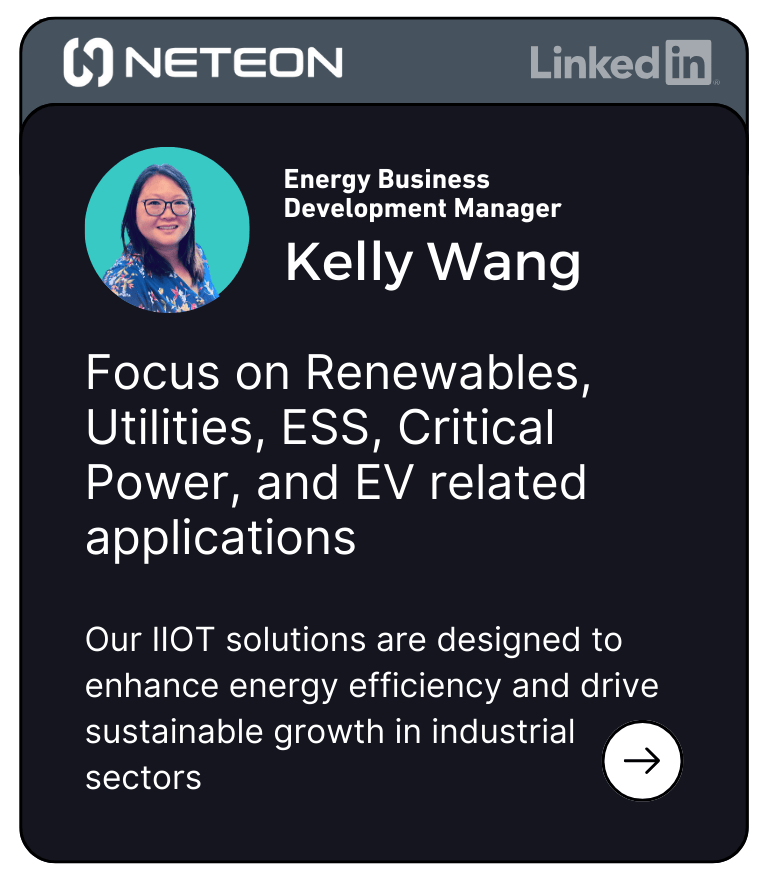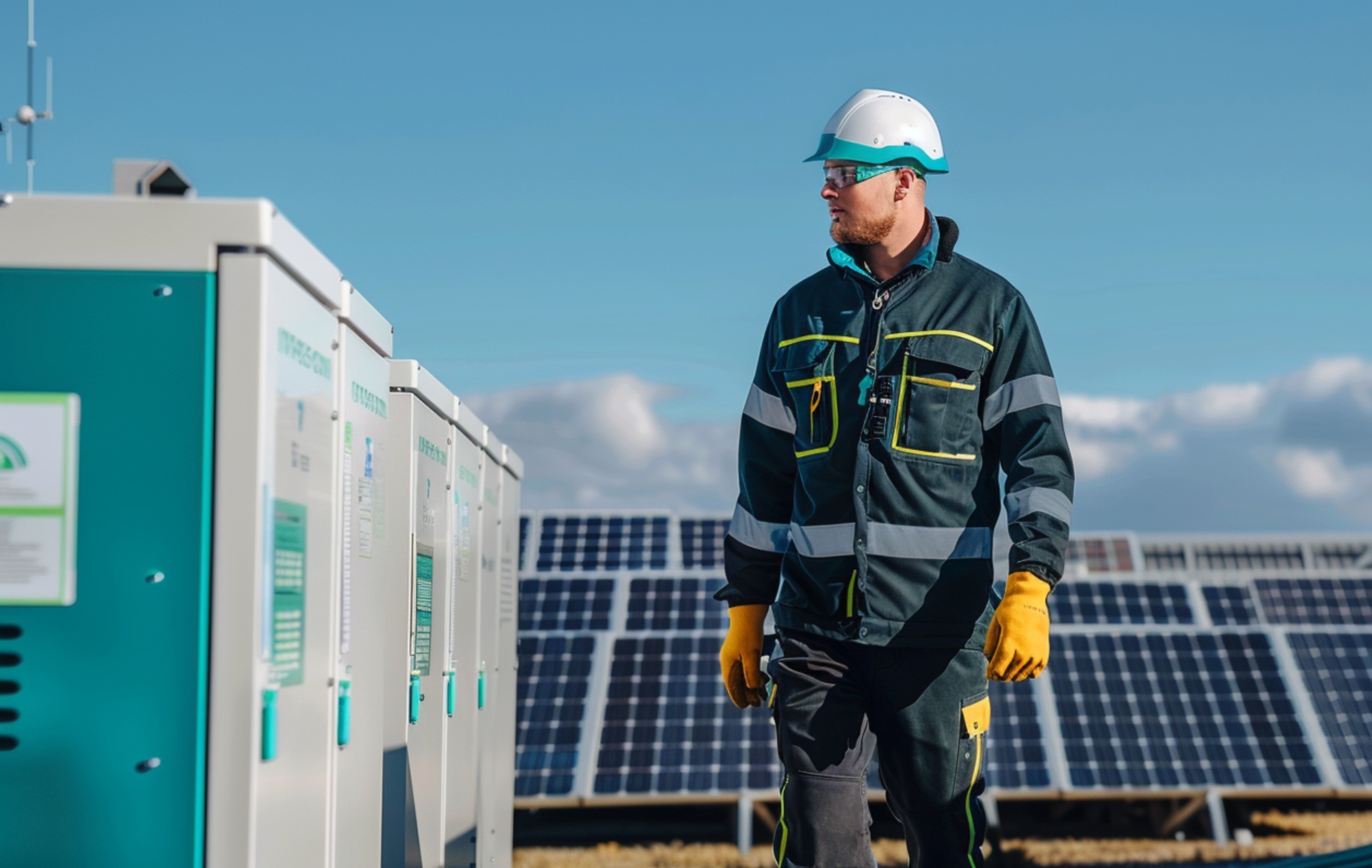Understanding Frequency Regulation—What It Is and Why It’s Important
Maintaining the reliability of the electric power grid requires a constant balance between electricity supply and demand. Grid operators work to predict demand and schedule power generation in advance, but short-term challenges in forecasting and fluctuations in power output are unavoidable. Since the balance must be maintained continuously, even minor changes in demand or supply—whether predicted or not—necessitate rapid adjustments within seconds to minutes.
This process, known as “frequency regulation,” keeps the grid operating at a stable frequency (typically 60 Hertz). It’s crucial for grid stability and reliability, ensuring that supply and demand are balanced in real-time by:
- Adapting to immediate changes in electricity consumption
- Correcting unexpected variations in power generation
- Managing discrepancies between forecasted and actual power flow
Frequency regulation resources, such as power plants or energy storage systems, are financially incentivized to adjust their output according to grid operator signals, ensuring a quick response to short-term supply-demand mismatches.
The Growing Challenge of Frequency Regulation
The increasing integration of renewable energy into the grid is making frequency regulation more challenging. As renewable energy sources rapidly expand, their contribution to the grid will continue to rise, but these resources are inherently intermittent. Without energy storage solutions, these resources are only available when conditions are favorable, such as when the sun is shining or the wind is blowing.
Traditionally, electricity flowed in one direction—from generation to transmission, distribution, and finally to consumers. However, with more customers generating their own power through methods like solar panels, power now flows in multiple directions. The grid was not originally designed for this complexity.
This shift presents a growing opportunity for energy-intensive businesses to participate in frequency regulation—and get paid for it. One straightforward way to do this is by installing an on-site battery energy storage system, which can lower energy costs for businesses in various ways, including through frequency regulation.

How Battery Storage Systems Can Engage in Frequency Regulation—And Lower Energy Costs
Energy storage systems allow electricity to be stored and then discharged at the most strategic times. Currently, Lithium-ion batteries—the same type used in cell phones and electric vehicles—are the most common form of energy storage. Similar to a cell phone battery, commercial and industrial-scale battery storage systems can be charged with electricity from the grid and then discharged when there is a supply deficit or when energy prices are high, helping customers save money.
Battery storage is particularly effective for frequency regulation because of its ability to charge and discharge almost instantly. These systems can absorb power from the grid during surplus periods and supply power back to the grid when there’s a deficit (when demand exceeds supply).
Increasingly, battery storage is being paired with solar photovoltaic (PV) systems, enhancing the value of solar energy to the grid by storing solar-generated electricity for use when it’s cloudy or after sunset.

Since batteries don’t generate power but rather store it, the timing of charging and discharging is crucial.
Connectivity of Energy Storage
Moxa is a leading IIoT solution provider of energy storage solutions, And Moxa partnered with Neteon help customers reduce costs and enhance reliability in North America over two decade. Our IIoT solutions for Energy industry can generate significant savings while supporting the clean energy transition.
Moxa’s Battery Energy Storage Systems Networking Solutions delivers maximum value to customers. This is achieved using advanced machine learning, artificial intelligence, and analytics to make data-driven decisions about when and how to dispatch energy storage for optimal value creation.
- Cutting Hidden Costs
- Speeding Up Project Turnaround
- Enabling Hassle-free Networking
- Guaranteeing a Sustained Supply and Service
Importance of IoT Technologies and Scalable Networking Solutions
As the grid becomes increasingly complex and interconnected, the role of Internet of Things (IoT) technologies and scalable networking solutions in enabling an effective electricity storage network cannot be overstated. These technologies provide the essential communication and control mechanisms that allow energy storage systems to operate seamlessly within the grid.
Connectivity for Energy Storage Systems
IoT technologies facilitate real-time data collection and analysis from various points within the grid, enabling precise monitoring of energy usage, generation, and storage conditions. This data-driven approach is crucial for optimizing the performance of battery storage systems, ensuring they charge and discharge at the most beneficial times.
Moreover, the scalability of networking solutions is vital to accommodate the growing number of energy storage systems and renewable energy sources being integrated into the grid. Scalable networks ensure that as more devices and systems come online, they can be efficiently managed and coordinated without compromising performance or reliability.
In essence, choosing the right IoT and networking technologies is key to maximizing the benefits of energy storage. These technologies enable quick, informed decision-making and ensure that storage systems can respond swiftly to the dynamic demands of frequency regulation and other grid services.
Neteon’s Role in IoT-Enhanced Energy Storage
Moxa actively incorporates IoT technologies and scalable networking solutions into its energy storage systems to ensure they deliver optimal value.
Additional Advantages of On-Site Battery Storage Systems for Businesses
Beyond frequency regulation, on-site battery storage systems offer several benefits. They can lower your facility’s energy costs and carbon emissions (especially when paired with solar PV) and improve the reliability of your operations.
For energy-intensive businesses looking to reduce electricity costs or hedge against future price increases while supporting sustainability goals, battery storage and/or solar PV offers a seamless solution.

Explore the Benefits of On-Site Renewables and Value Streams with Neteon’s Moxa Solution
Interested in lowering energy costs, reducing your carbon footprint, and increasing reliability?
Moxa Solution to Safeguarding an Energy Storage System
To protect the communications between the power plant controller and the PCS and BMS containers, we suggest stateful firewalls with Modbus deep packet inspection (DPI) deployed in between.
- The EDR-810* industrial secure routers build the security boundary, and its Modbus DPI function safeguards the Modbus communication in between the systems.
- With an all-in-one firewall/NAT/VPN/switch and network redundancy functions, the EDR-810* can help system integrators design the network architecture and expand connections more efficiently.
- The EDR-810* was built to operate reliably on the harshest uncrewed remote solar/wind farms in dry and hot deserts, brutal offshore weather conditions, and even in the middle of the Arctic winter

For additional rephrasing options: Download our whitepaper Elevating Energy and Empowering BESS with Data and Connectivity.

Our Products for Energy Storage Networking
Arm-based Computers
UC family for system BMS computers
x86 Computers
DRP and BXP family for local EMS computers
Serial Device Server
NPort 5000 for environmental control
Ethernet Remote I/O
ioLogik E1200 for condition monitoring
Protocol Gateway
MGate MB3000 for industrial protocol conversion
Ethernet Switches
EDS and RKS family for Ethernet connections and redundancy
Secure Routers
EDR family for cybersecurity requirements
Industrial NAT
NAT series for simple IP address configuration
Contact Us: Let Us Help You Throughout the Entire BESS Life Cycle

To learn more about our energy storage networking solutions schedule a free consulting call with our team today.
- Not Only for Automobiles: Discovering CANbus Technology in Various Industrial Settings - October 29, 2024
- Boost Your Network Performance: An Exciting Manual to PoE Switches! - September 10, 2024
- Understanding Gigabit Switches: Industrial vs Regular Gigabit - September 4, 2024


